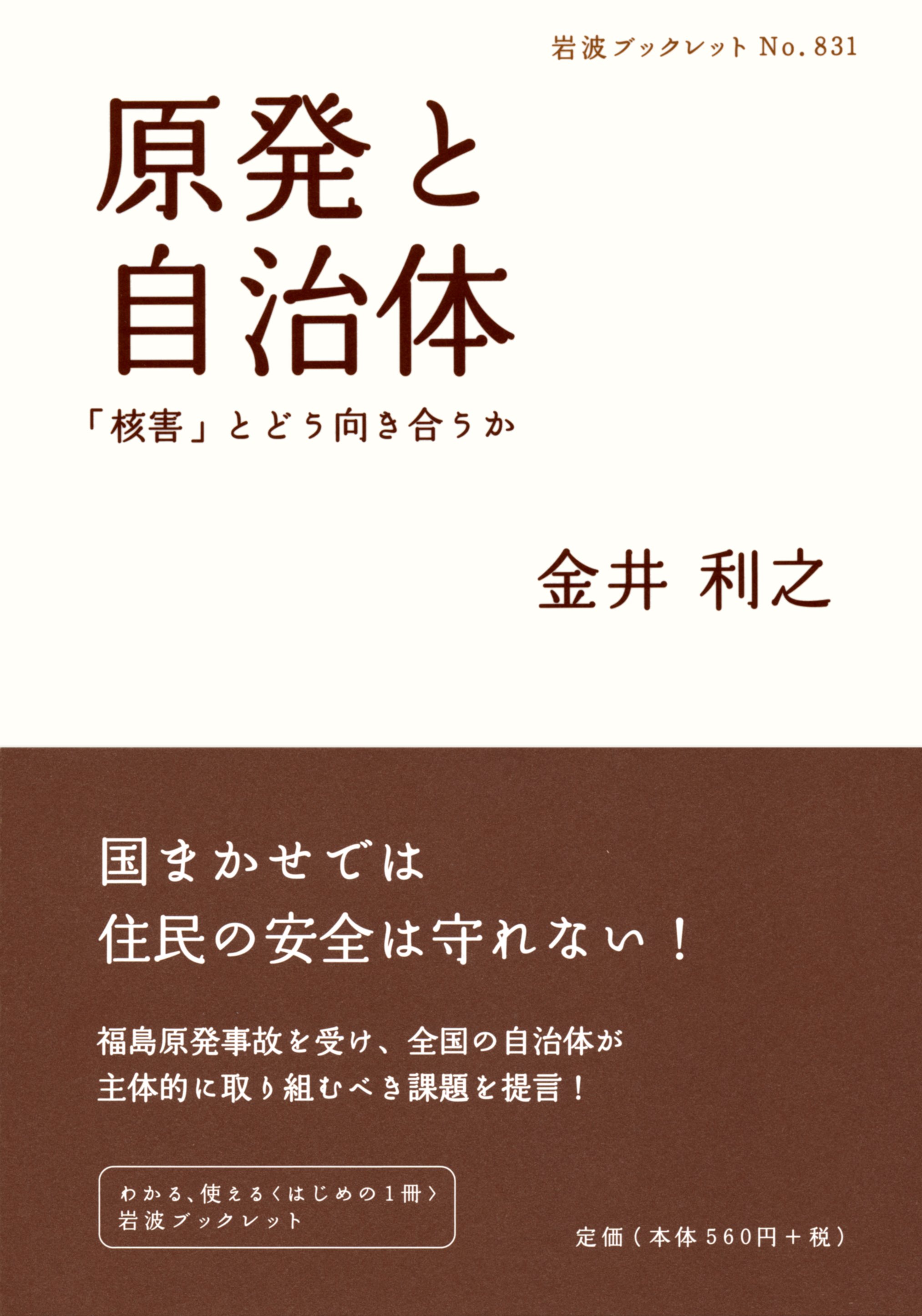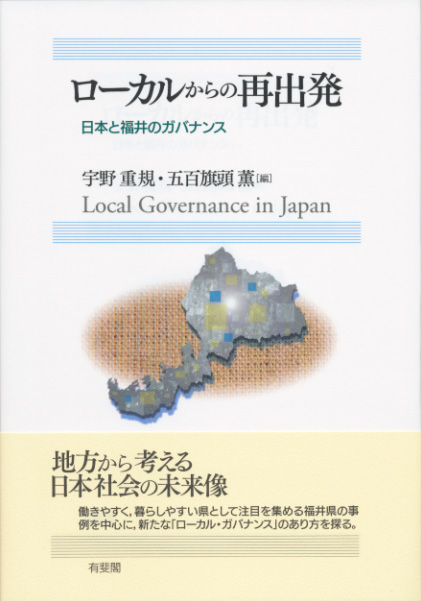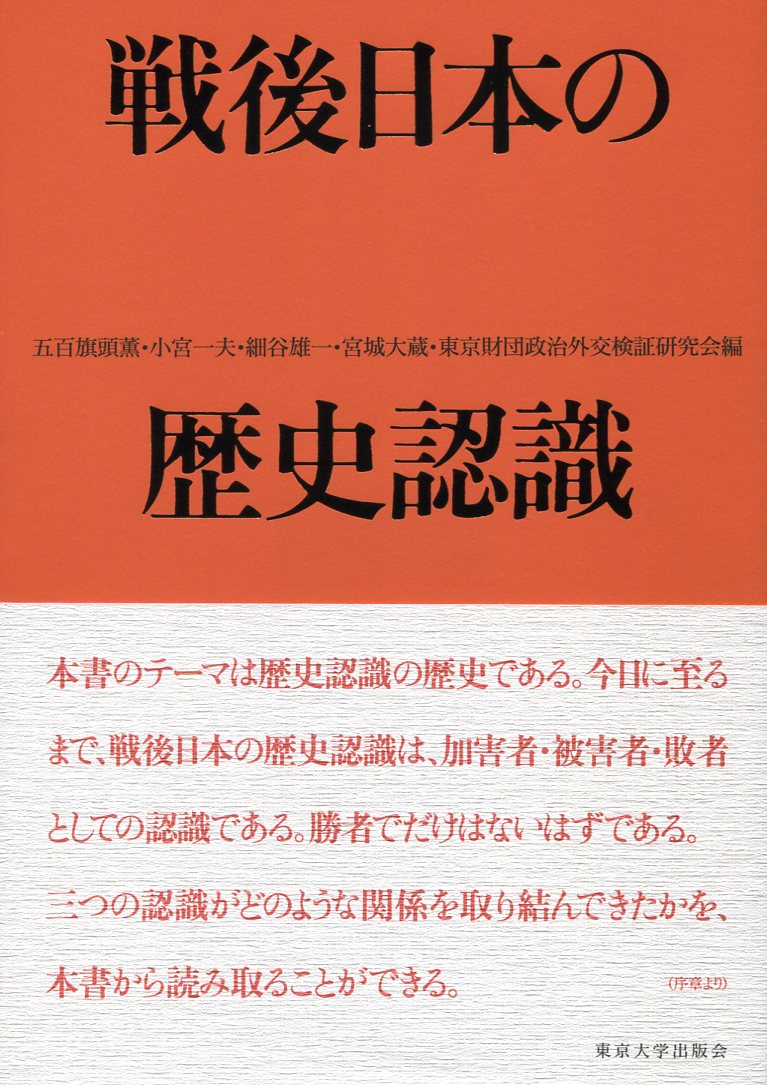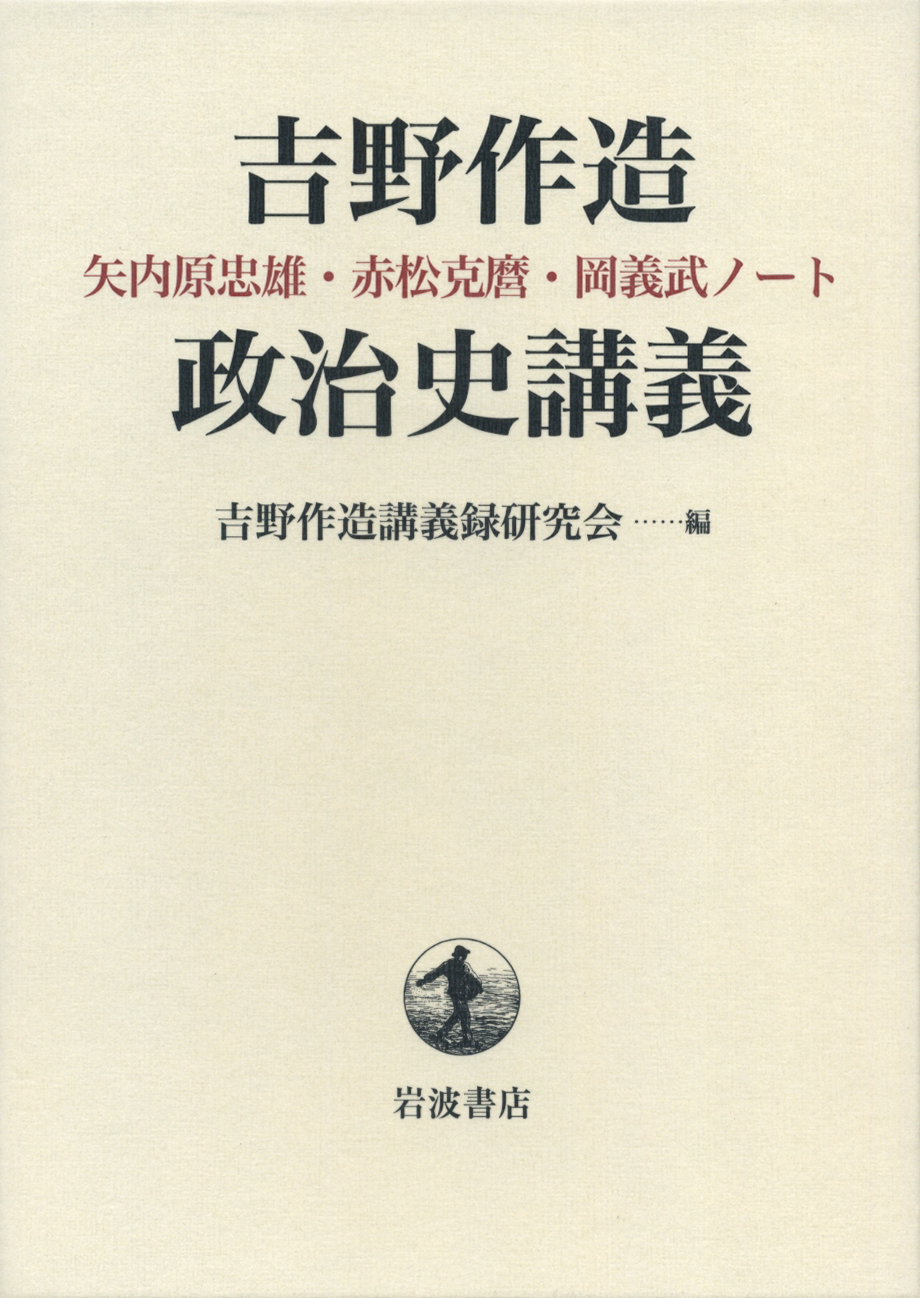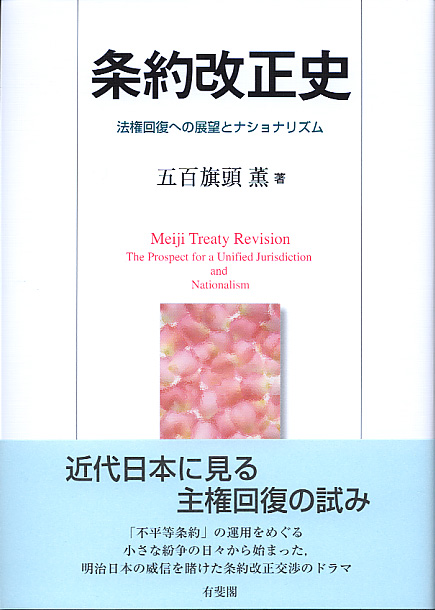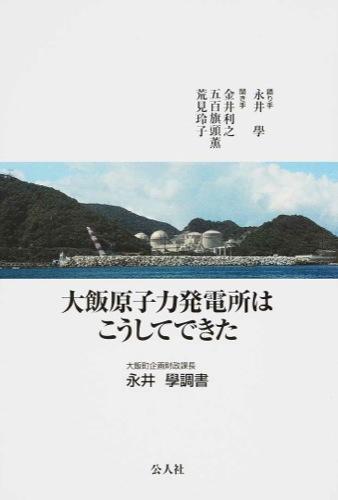
Title
Oi Genshiryoku Hatsudensho Wa Koshitedekita (The History of Oi Nuclear Power Plant - The Statements of Oi Town’s Planning and Finance Division Head Manabu Nagai)
Size
420 pages
Language
Japanese
Released
April, 2015
ISBN
978-4-86162-100-0
Published by
Ko-jin sha
See Book Availability at Library
Japanese Page
One of the difficulties when discussing nuclear power plants is that there are few unfettered testimonies from their proponents. This is a reflection of the heaviness of the issues up for debate, the intensity of the conflicts between people’s values, the hurt that remains in communities, the fissures and lack of mutual understanding between urban areas of consumption and remote areas of production, and the great secondary power of energy companies in towns depending on them. This book seeks to fill this gap.
Fukui Prefecture’s Reinan region has numerous nuclear power plants, rivaling Fukushima Prefecture. While having the smallest population in Fukui, the town of Oi has the greatest power plant energy output. Manabu Nagai has served as the head of the town’s Finance and Planning Section as well as deputy mayor, and he played a central role in bringing a nuclear power plant to Oi. This book contains his testimony, collected over the course of five interviews.
He describes in detail the commitments secured from the national government, prefectural government, and power company, the steps used to attract the power plant while avoiding divisions in the town, as well as how internal and external accidents were handled.
I am confident that this book is important academically and societally for these reasons alone. However, it is also important in two other ways.
First, Nagai discusses in detail work to revitalize the community besides efforts to attract a nuclear power plant. Originally, Nagai was a Japan Agricultural Cooperatives employee. Even after becoming a town employee, he guided the agricultural and dairy industry. Facing the limitations of primary sector-based development, he bet the town’s future on a nuclear power plant. The scathing statements of Nagai, who has experienced the heartbreak and indignation of an underpopulated area fully, are directed not only at people on the anti-nuclear power side, but also sometimes the central government, scholars, and power companies. His feisty spirit makes this book not only a document of his subjective memory, but it is also a very subjective record and a somewhat objective record of the power relations faced by municipalities that host nuclear power plants.
Second, he also discusses how the income and support the town acquired by hosting a nuclear power plant has been used for local development. Here as well, Nagai played an important role. He describes diverse projects that span from the installation of security lighting to the building of a middle school, development of farmland, expansion of water and sewer systems, establishment of a large commercial facility on reclaimed coastal land, and nurturing of town businesses. Nagai also generally permitted reproduction of our exchanges surrounding hot-button topics that he hesitated to talk about.
It is clear that Nagai is proud of his vigorous efforts as a government employee, which have spanned from attracting a power plant to town development work. However, Nagai’s grittiness is ultimately directed towards his town’s current situation. He offers an assessment of it along with crisis management standards, without resorting to self-praise or flattery. One important point of the debate is the extent to which municipalities can develop due to the nuclear power plants that they host. This book can serve as important material that documents one standpoint when examining this issue.
As the editor of this book, I did not intend to represent a specific position regarding nuclear power plants, focusing on creating a source that could be used for discussion—a goal that I think I have fully met.
(Written by Kaoru Iokibe, Professor, Graduate Schools for Law and Politics / 2019)



 Find a book
Find a book


